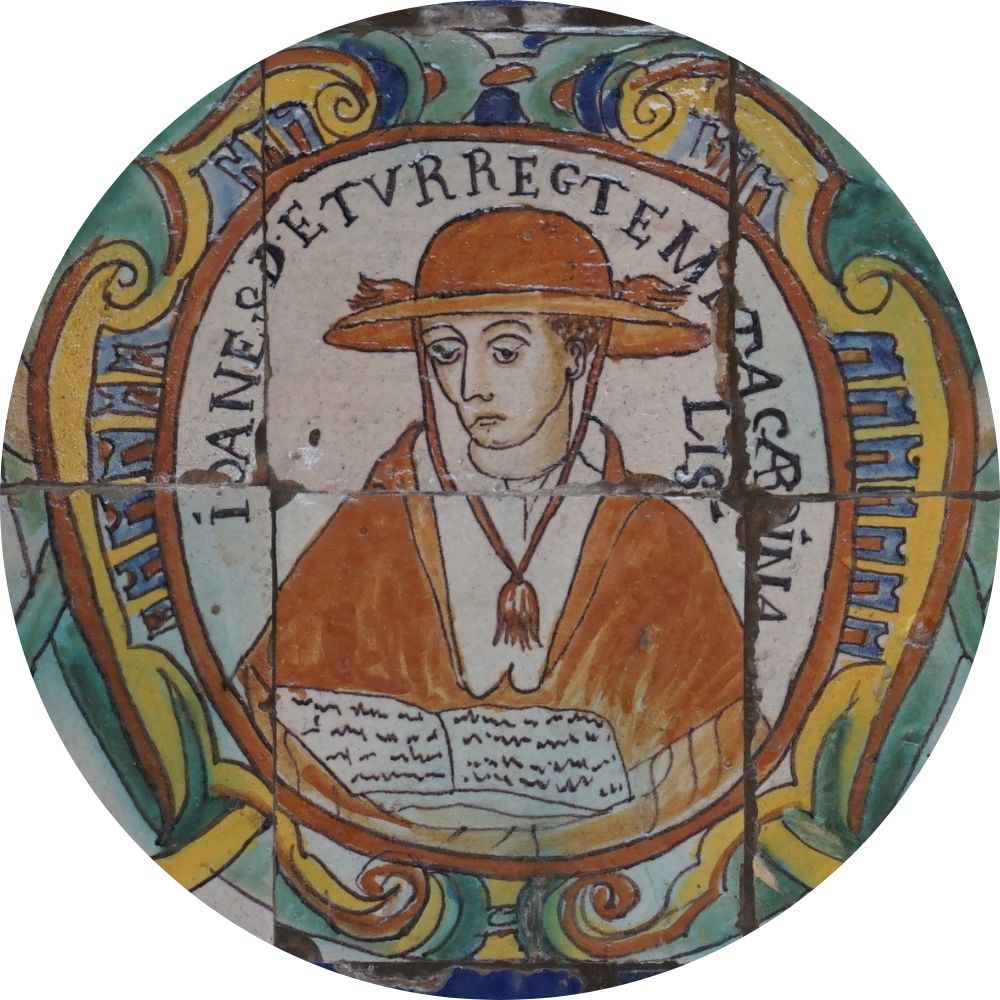Juan de Torquemada
Juan de Torquemada, cardinal
(1388-1468)
Juan de Torquemada was born in 1388 in Valladolid, Spain. He was the uncle of another important Dominican of that name, Thomas, who infamously went down in history as the first Grand Inquisitor of Spain. Juan received his initial education in his hometown. At the age of 15, he entered the Dominican order. He studied at the universities of Salamanca and Paris. He was awarded a doctorate in theology in 1423. After his studies, he became prior of a Dominican monastery in Valladolid, while also serving as a professor at the local university. In 1431, he was transferred to a monastery in Toledo. From 1431 to 1449 he was the representative of the Order of Preachers and John II, King of Castile, at the Council of Basel. There he represented the position of Pope Eugene IV and the Roman curia, for which he was rewarded with the office of Master of the Holy Palace and the cardinal's hat, which he received in 1439. From 1440 to 1442 he was Bishop of Cadiz, and then until his resignation in 1445 - Bishop of Orense.
Torquemada attended the Council of Florence, where he spoke on theological issues concerning the Eastern Churches, defending the primacy of the Pope. He carried out diplomatic missions in Germany and France on behalf of Pope Eugene, then settled in the Roman curia. In 1456, Pope Calixtus III granted him the position of commendatory abbot of the Santa Scolastica monastery in Subiaco. He died on September 24, 1468, at the Dominican priory of Santa Maria sopra Minerva in Rome and was buried there.
As a cardinal, he supported the papal policy of crusading against the Ottoman Turks. He also defended the Toledo converts against accusations that they were not true Christians. Torquemada promoted the reform of his order's religious houses and monasteries. He founded the college of St. Thomas in the priory of Santa Maria sopra Minerva and rebuilt the college of San Pablo in Valladolid. The cardinal funded a printing press for the priory. He wrote many works on behalf of the Pope and the Petrine primacy. His Summa de ecclesia defended the Church against the Hussites and reinforced the primacy of the Pope. He was one of the most respected theologians of the 15th century, as evidenced by the nickname he was given: "the father of ecclesiology." Not surprisingly, he is depicted in iconography with an open book.
Bibliography:
- Izbicki Th. M., Protector of the Faith. Cardinal Johannes de Turrecremata and the Defense of the Institutional Church, Washington 1981.
- Izbicki Th. M., Juan de Torquemada's Defense of the Conversos, „Catholic Historical Review”, 85 (1999), issue 2, pp. 195-207.
- Izbicki T. M., Tarring Conciliarism with the Brush of Heresy: Juan de Torquemada's „Summa de Ecclesia”, [in:] Religion, Power, and Resistance from the Eleventh to the Sixteenth Centuries. The New Middle Ages, ed. K. Bollermann, T. M. Izbicki, C.J. Nederman, New York 2014, pp. 139-152.
- Izbicki Th. M., Juan de Torquemada, Nicholas of Cusa and Pius II on the Islamic Promise of Paradise, „Revista Española de Filosofía Medieval”, 26 (2019), issue 1, pp. 97-112.
- Artemiuk P., Genesis and images of the Church in Juan Torquemada's Summa on the Church, "Studia Bobolanum," 31 (2020), issue. 1, pp. 29-52.

